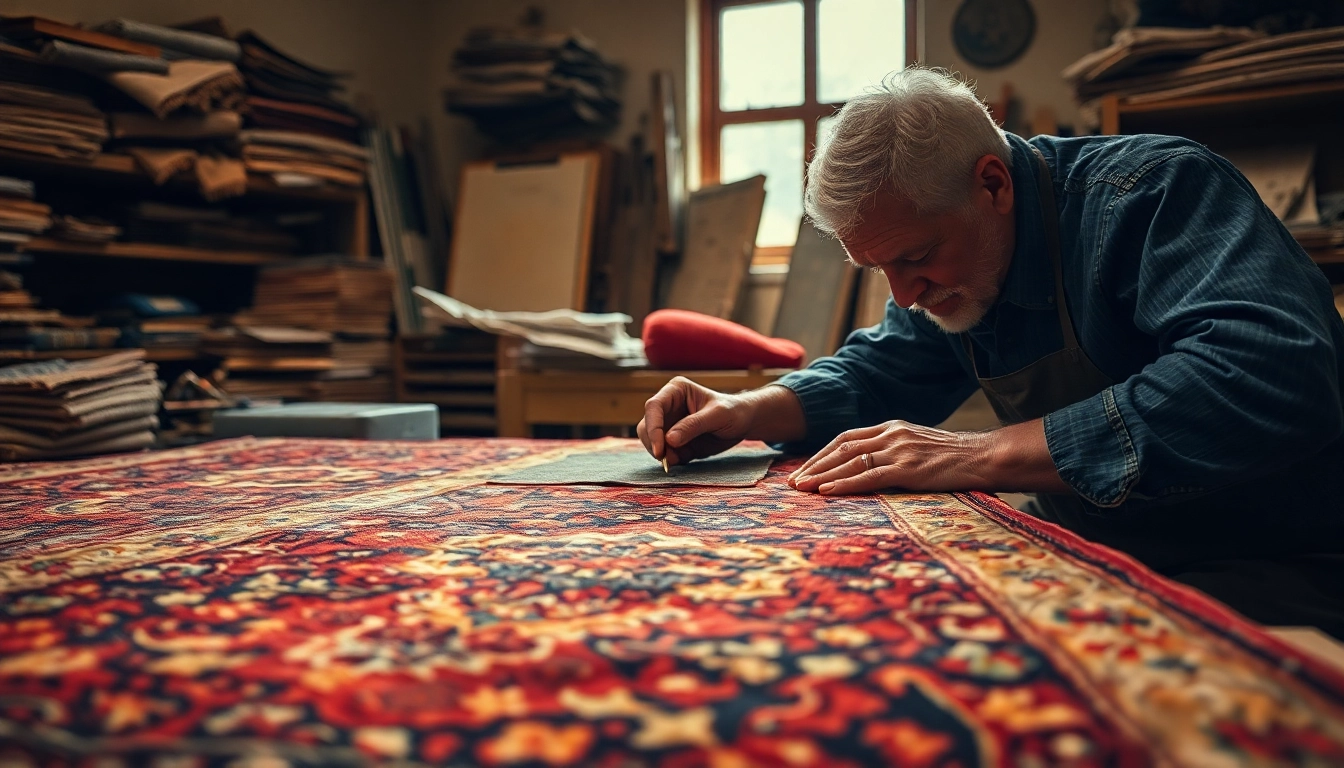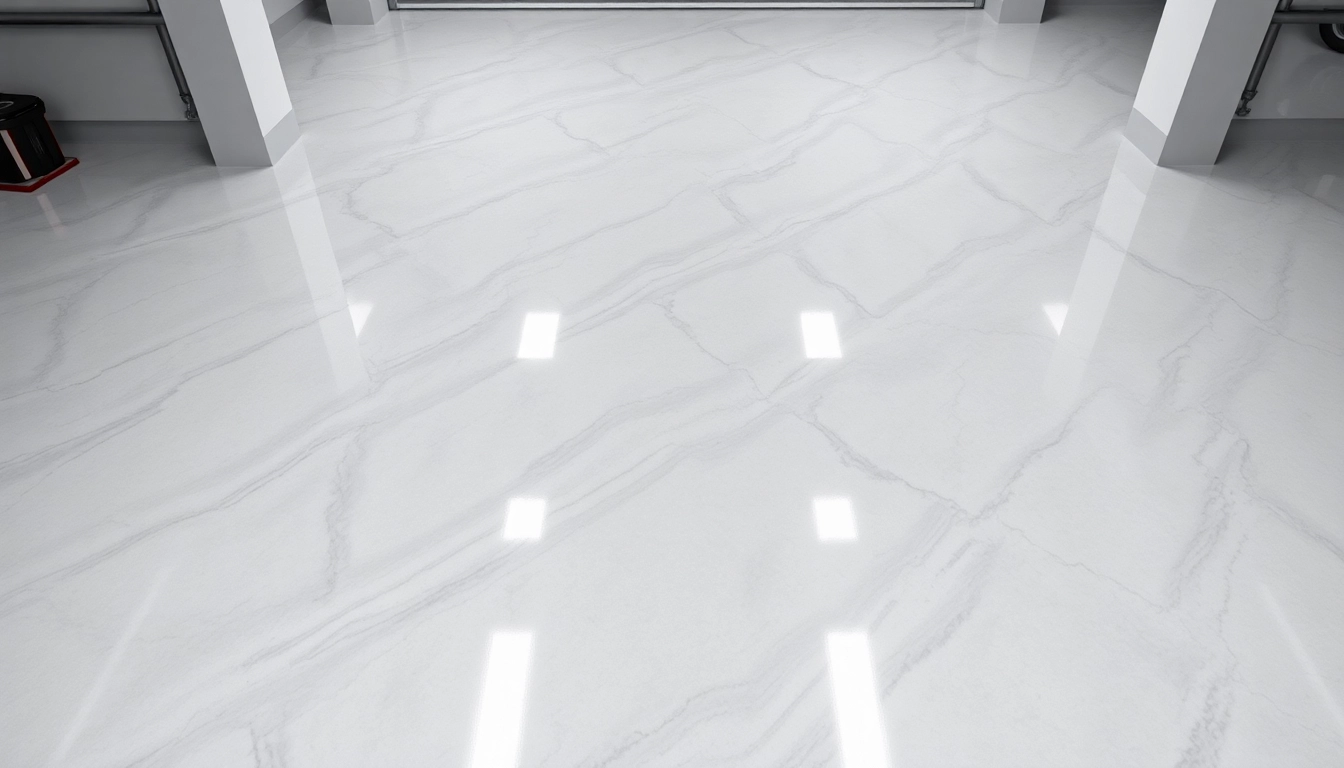Understanding Restauro Tappeti Milano: Techniques and Importance
In the vibrant city of Milan, where elegance and tradition intertwine, the restoration of valuable rugs holds a paramount place. Restauro Tappeti milano is not merely about cleaning or repairing; it is an art form that preserves cultural heritage, enhances aesthetic appeal, and increases the longevity of treasured pieces. Professional restoration ensures that each rug, whether antique or modern, receives meticulous care rooted in centuries-old techniques and modern innovations. This process is essential for owners who value the historical and monetary worth of their rugs, and it guarantees that these textiles continue to tell their stories for generations to come.
Why Professional Restauro is Essential for Valuable Rugs
Valuable rugs are often handmade masterpieces, crafted with intricate knotting techniques and fine materials like silk, wool, or natural dyes. Over time, exposure to environmental factors such as sunlight, moisture, and wear can cause significant damage—fades, tears, holes, fraying, or staining. Attempting to restore these delicate pieces with DIY methods can lead to irreversible damage, reducing their value and aesthetic appeal.
Professional restauro services are critical because they employ specialized craftsmen skilled in techniques that respect the rug’s original craftsmanship. Experts understand the delicate balance between restoring beauty and preserving authenticity, employing methods such as reweaving, dye matching, and fragile fiber repair. Moreover, certified restorers utilize advanced tools and treatments that are safe for historic materials, ensuring the long-term durability of the piece and maintaining its value—both sentimental and monetary. Suppose you own a Persian antique or a modern masterpiece; entrusting it to experienced restorers in Milano guarantees expert results that enhance its beauty and preserve its legacy.
Common Restoration Techniques Used by Experts in Milano
Cleaning and Surface Restoration
Effective cleaning is the foundation of successful restoration. Expert cleaners employ gentle, non-abrasive methods, often using eco-friendly solutions tailored to the fabric and dyes of each rug. This process removes accumulated dirt, stains, and odors, revitalizing the original colors and shine. Techniques include vacuuming with special attachments, immersion baths, and delicate shampooing to ensure no damage occurs.
Reweaving and Patching
Damage such as holes or tears are repaired through reweaving, where artisans match the original knotting style and material. This process requires exceptional skill to seamlessly blend new fibers with the old, preserving the rug’s integrity. For less severe damage, patching and backing can reinforce the structure without altering the aesthetics.
Dye Matching and Color Restoration
Color fading is common with age, but expert restorers use meticulous dye matching, often recreating natural dyes or stable synthetic dyes that blend perfectly with the original palette. This restores vibrancy, making the rug look refreshed while retaining its authentic appearance.
Structural Repairs and Reinforcement
Antiques or heavily used rugs might require structural reinforcement to strengthen weak areas. Techniques include applying backing fabrics, reweaving the fringes, or inserting new fibers aligned with original weaving methods, ensuring durability for years to come.
Step-by-Step Guide to the Restauro Process in Milano
Initial Assessment and Damage Evaluation
The restoration journey begins with a comprehensive evaluation by certified experts. They examine the rug’s condition, identifying damages, fiber strength, dye stability, and overall structural integrity. High-resolution photos and detailed reports guide the restoration plan, ensuring tailored treatment appropriate to the rug’s age and type.
Cleaning, Repair, and Reweaving Procedures
Following assessment, the cleaning process removes dirt and stains, followed by targeted repairs. Tears are carefully reweaved or patched, and damaged fringes are replaced or reinforced. If necessary, color restoration techniques are employed to recover original hues. Each step prioritizes preserving authenticity while restoring function and beauty.
Final Restoration and Preservation Tips
After repairs, a protective coating or stabilization layer may be applied to prevent future deterioration. Experts also advise on proper storage, environmental control, and routine maintenance to extend the life of the restored rug. Documenting the restoration process helps owners understand and uphold proper care procedures.
Choosing the Right Restauro Tappeti Milano Service
How to Identify Skilled and Certified Restorers
Not all restoration providers are equal. Look for certifications from recognized industry associations, such as the International Institute for Restoration (IRTA) or similar. Review portfolios of past work, ask for references, and ensure technicians have specific experience with your type of rug—be it antique Persian, Turkish kilims, or contemporary pieces. Transparency in process and pricing also indicates professionalism.
Cost Factors and Value of Restauro Services in Milano
The cost of rug restoration varies widely depending on the extent of damage, size, age, and complexity. On average, prices can range from as low as $50 for minor repairs to several thousand dollars for extensive restoration of antique masterpieces. While affordability matters, investing in quality restoration boosts the rug’s value, prolongs its life, and enhances aesthetic appeal. Evaluating the cost against the rug’s sentimental or monetary worth is essential for making an informed decision.
Customer Testimonials and Successful Restauro Cases
Leading Milanese restoration centers often showcase before-and-after images and customer reviews. These testimonials highlight their craftsmanship, attention to detail, and ability to revive even severely damaged rugs. For example, a restored antique Persian rug with intricate knot work can be transformed into a stunning centerpiece through expert intervention, reaffirming that professional restoration is a worthwhile investment.
Maintaining and Protecting Restored Tappeti
Proper Cleaning and Handling Post-Restoration
After restoration, proper care is vital to preserve the rug’s restored beauty. Use gentle vacuuming without the beater bar to avoid fiber damage. Avoid harsh chemicals and excessive moisture. When cleaning spills, act quickly with blotting techniques and consult professionals for deep cleaning or restoration if necessary.
Preventive Measures to Extend Tappeti’s Lifespan
Environmental control is key: keep rugs away from direct sunlight, high humidity, and heat sources. Use proper padding underneath to prevent slipping and wear. Regular inspections can detect signs of deterioration early, facilitating timely intervention and avoiding costly repairs.
Routine Check-ups and Expert Consultations
Periodic professional evaluations ensure ongoing preservation. Experts can advise on current conditions and suggest preventive measures tailored to each rug’s unique characteristics. Such proactive steps significantly prolong the lifespan and maintain aesthetic integrity.
Ancient and Modern Tappeti: Restauro Challenges and Opportunities
Restoring Antique Tappeti: Techniques and Cautions
Antique rugs demand careful treatment. Restorers must balance preserving original materials with restoring appearance. Techniques include minimal intervention, gentle cleaning, and skillful reweaving. Caution is advised to avoid over-restoration, which can diminish authenticity and value. Knowing the history and provenance informs the restoration plan and helps protect the rug’s cultural significance.
Modern Tappeti Restoration for Wear and Tear
Modern rugs, often made with synthetic fibers or contemporary dyes, might present different challenges. Restoration focuses on repairing structural damage, cleaning, and color touch-ups. The use of durable, quality materials during repairs ensures longevity and aesthetic consistency. The process tends to be faster and less costly than antique restorations but still requires a skilled approach.
Cost, Time, and Expected Outcomes for Different Types
The complexity of the rug influences restoration time and cost. Antique pieces may require extended, meticulous work and specialized materials, leading to higher costs and longer durations. Modern repairs generally involve straightforward patching or cleaning, with quicker turnaround times. The desired outcome is a visually seamless, structurally sound rug that retains as much of its original character as possible.



